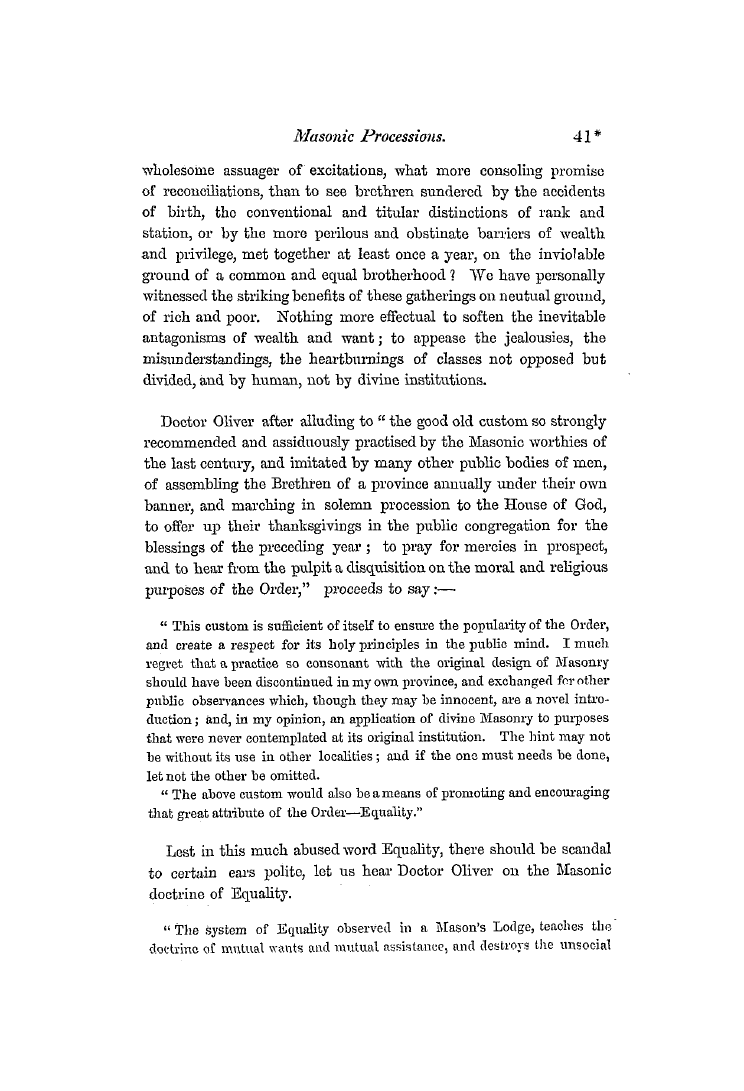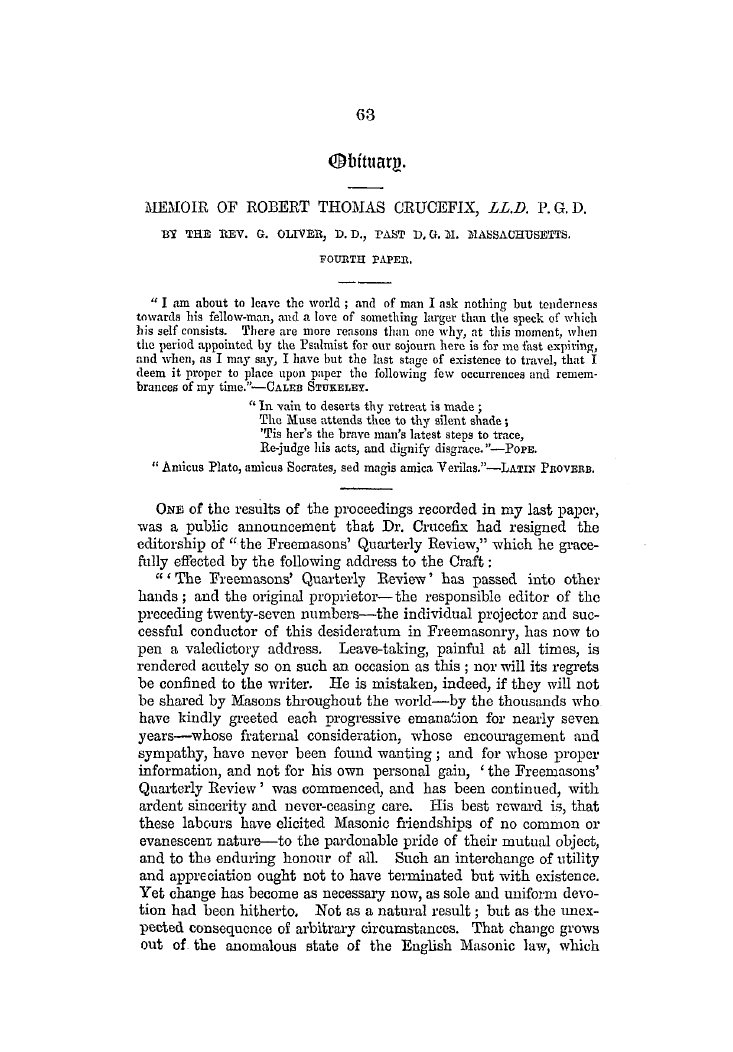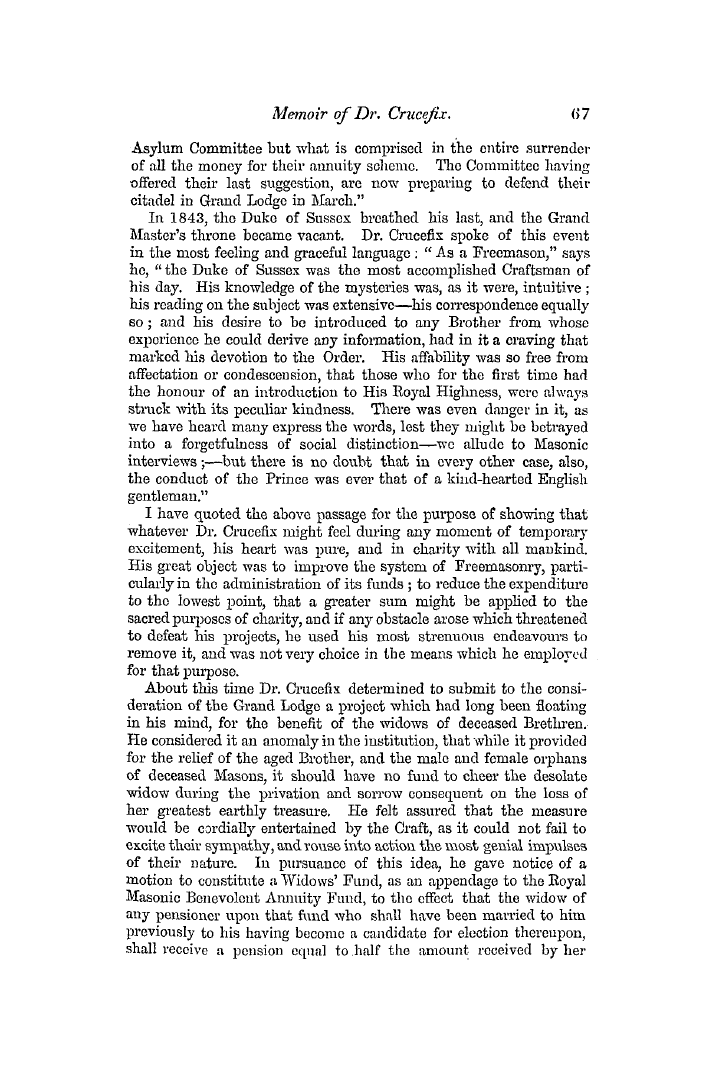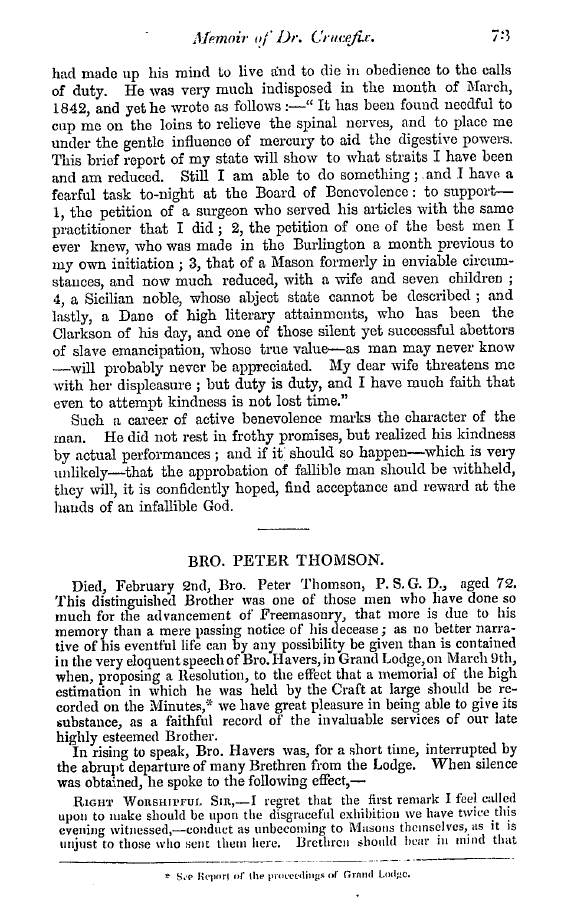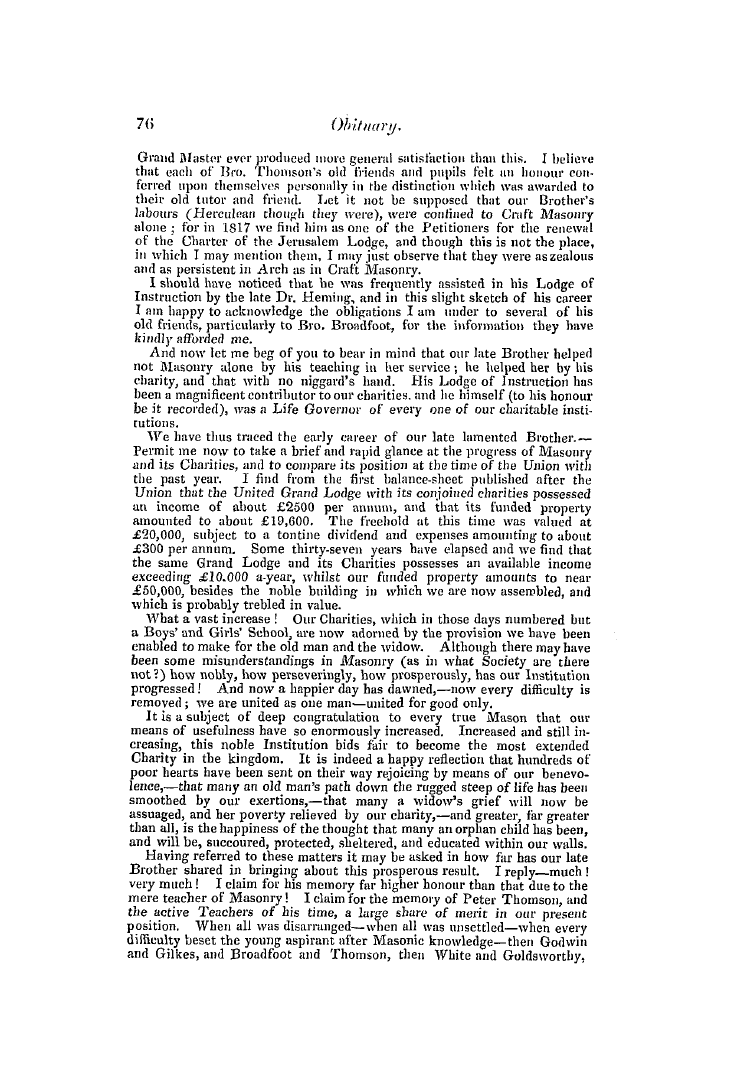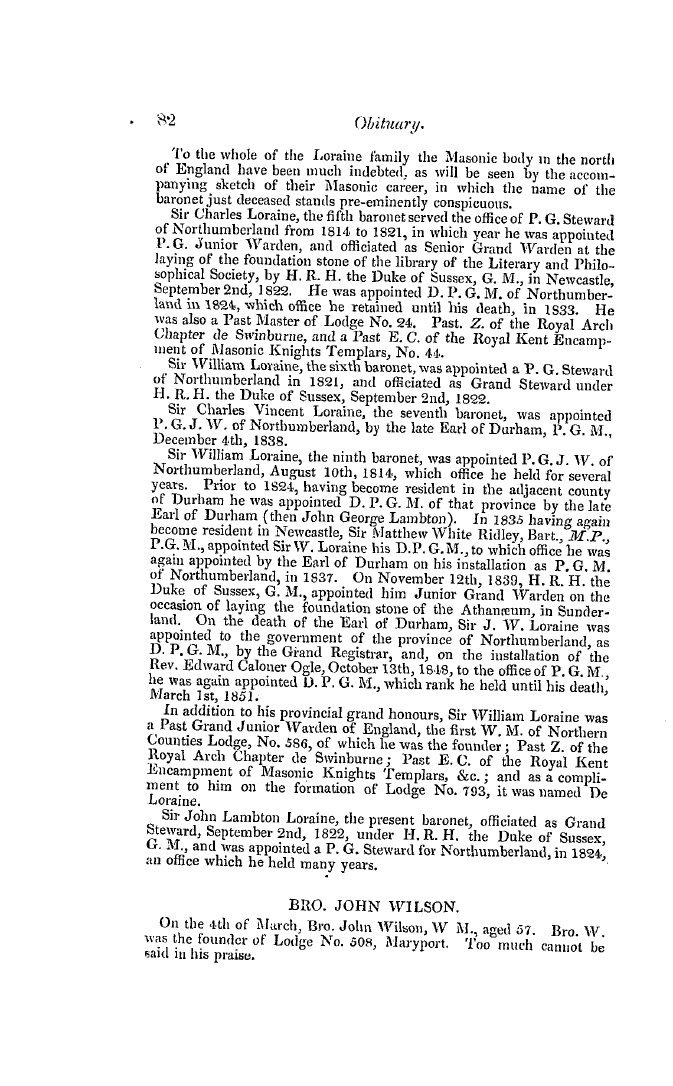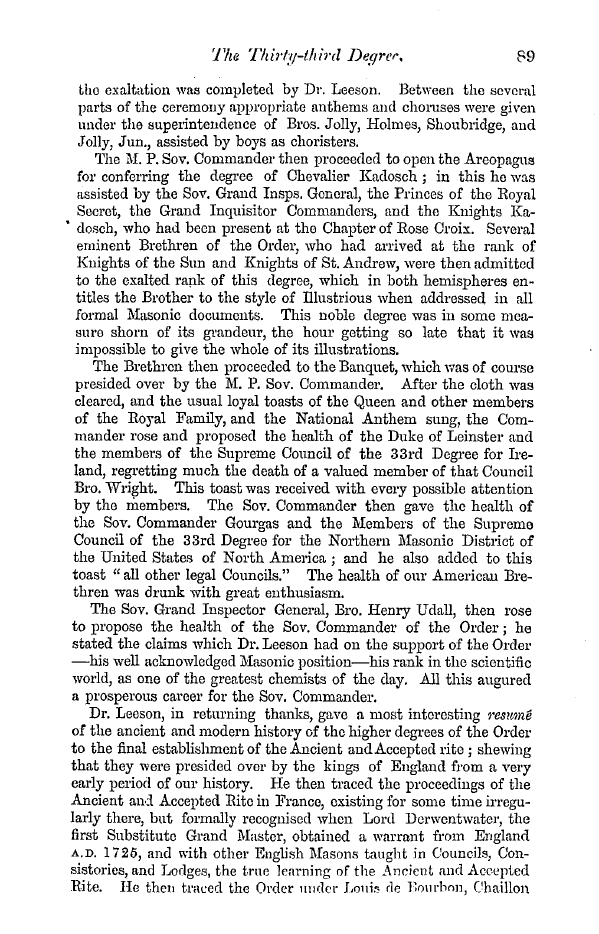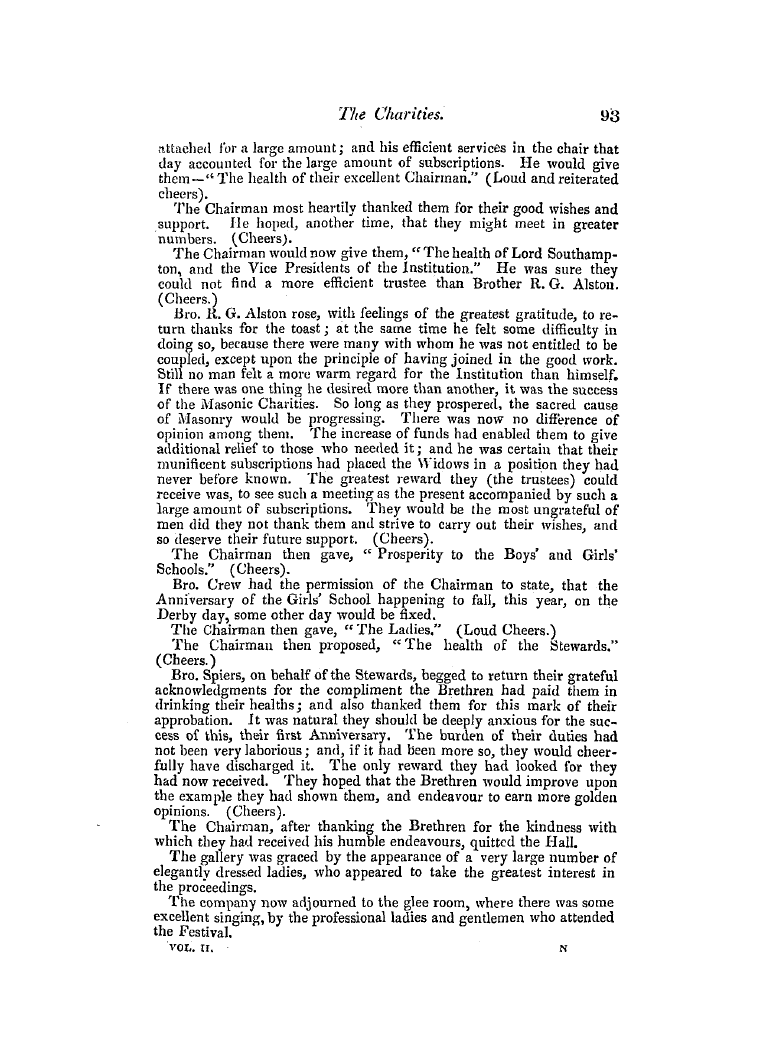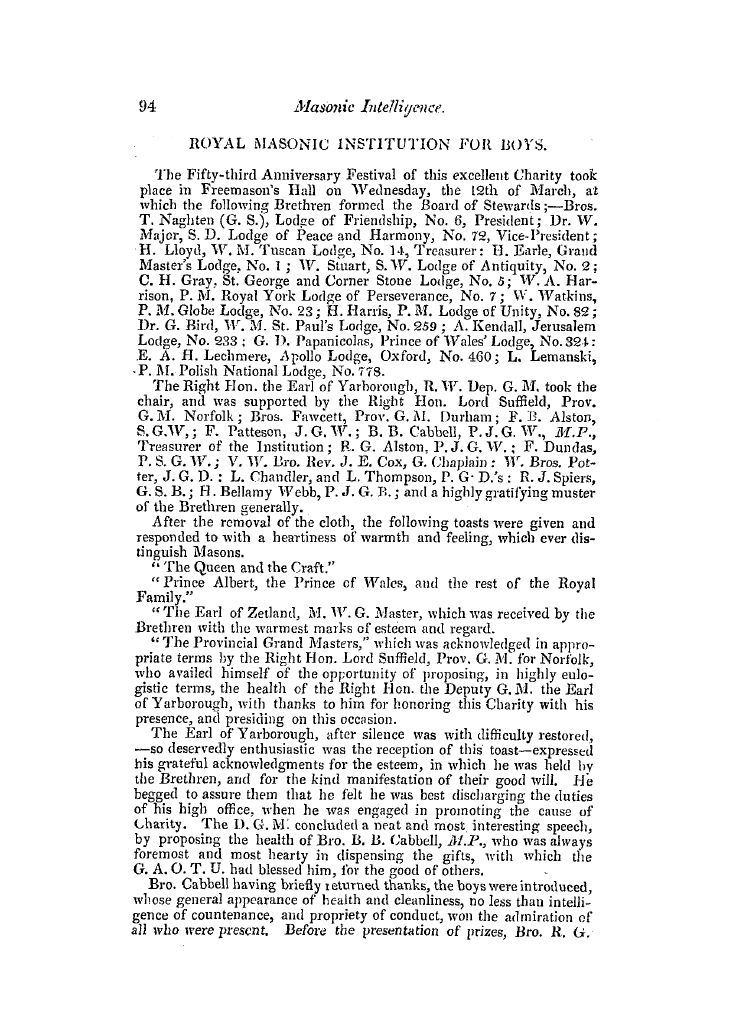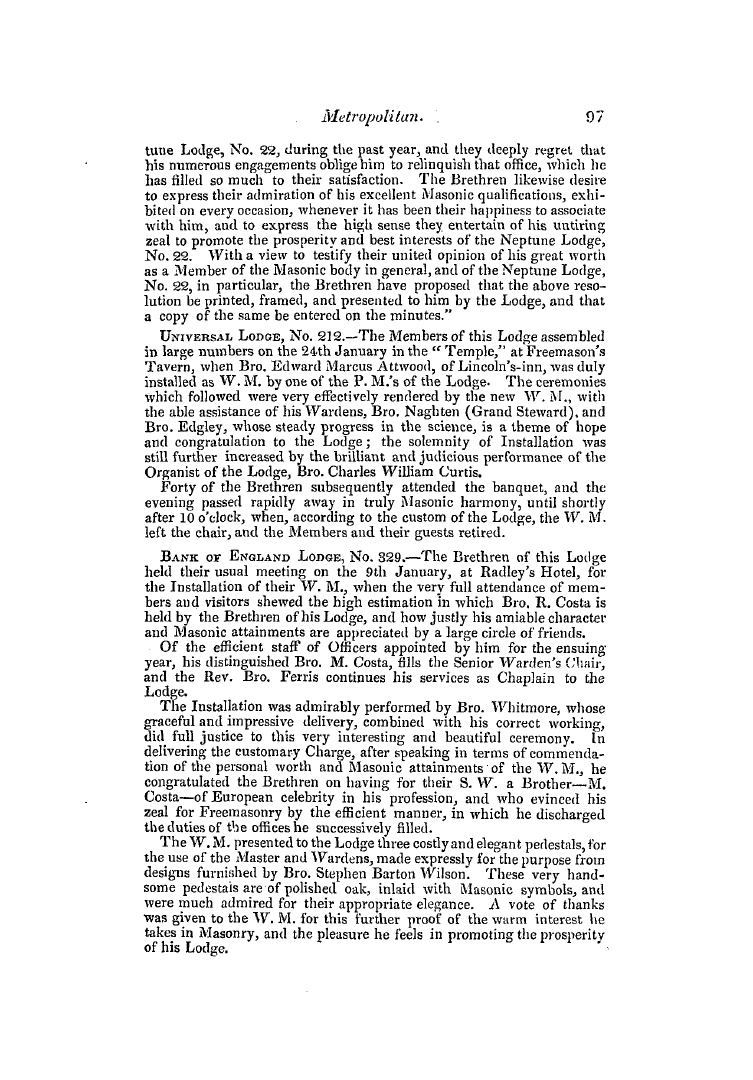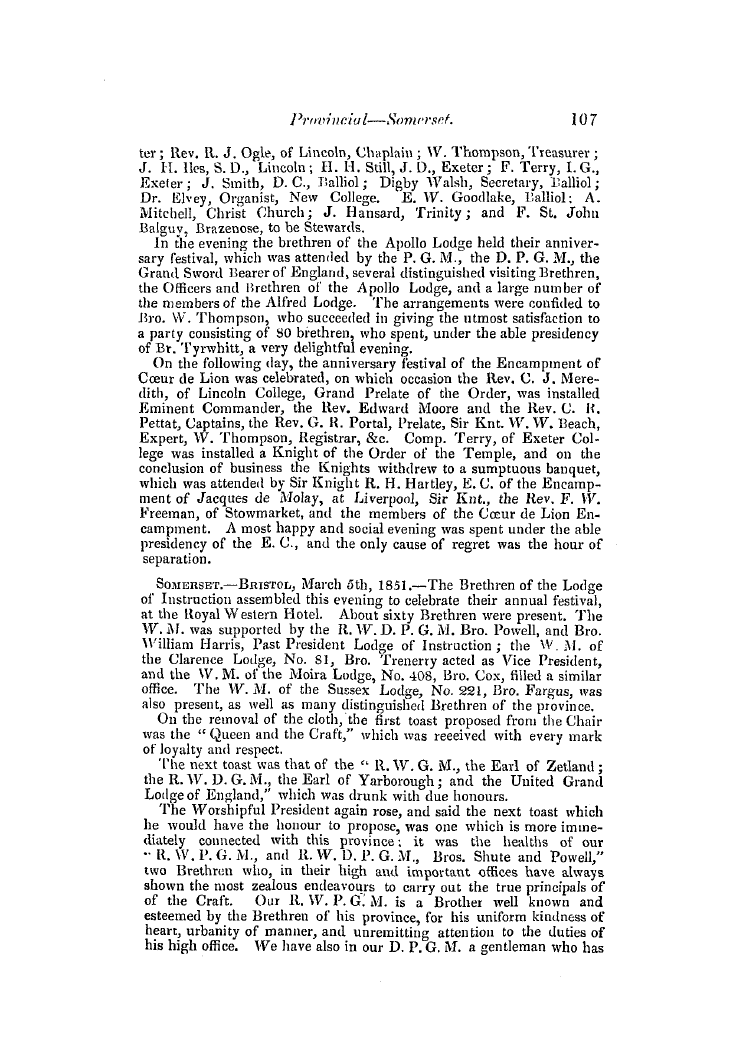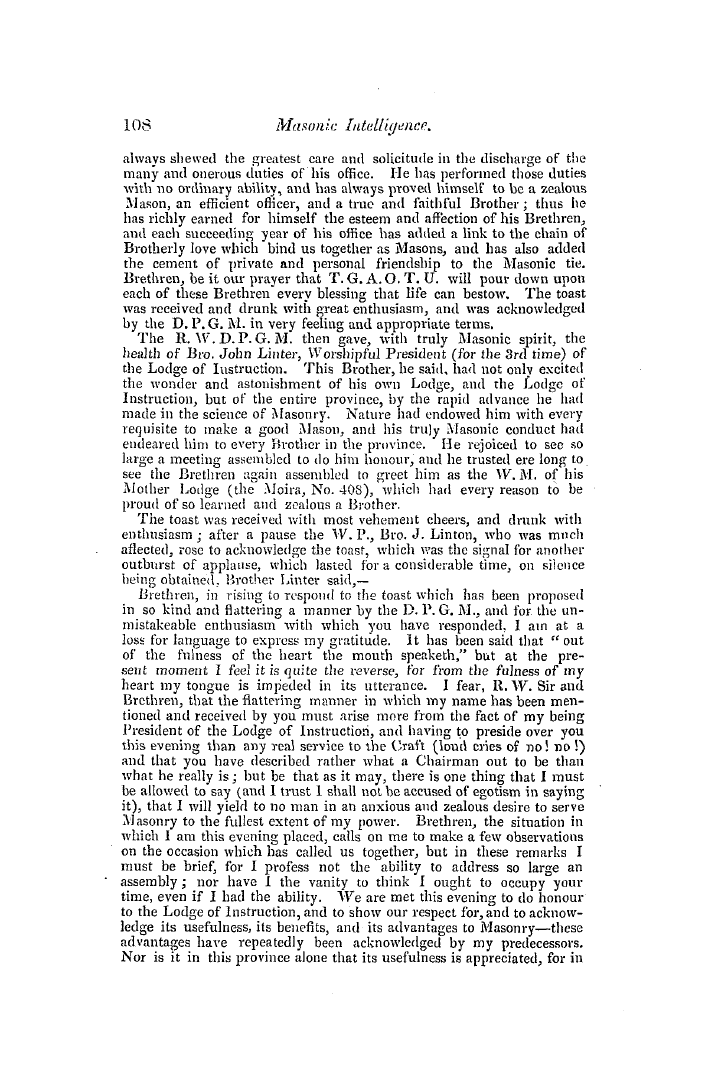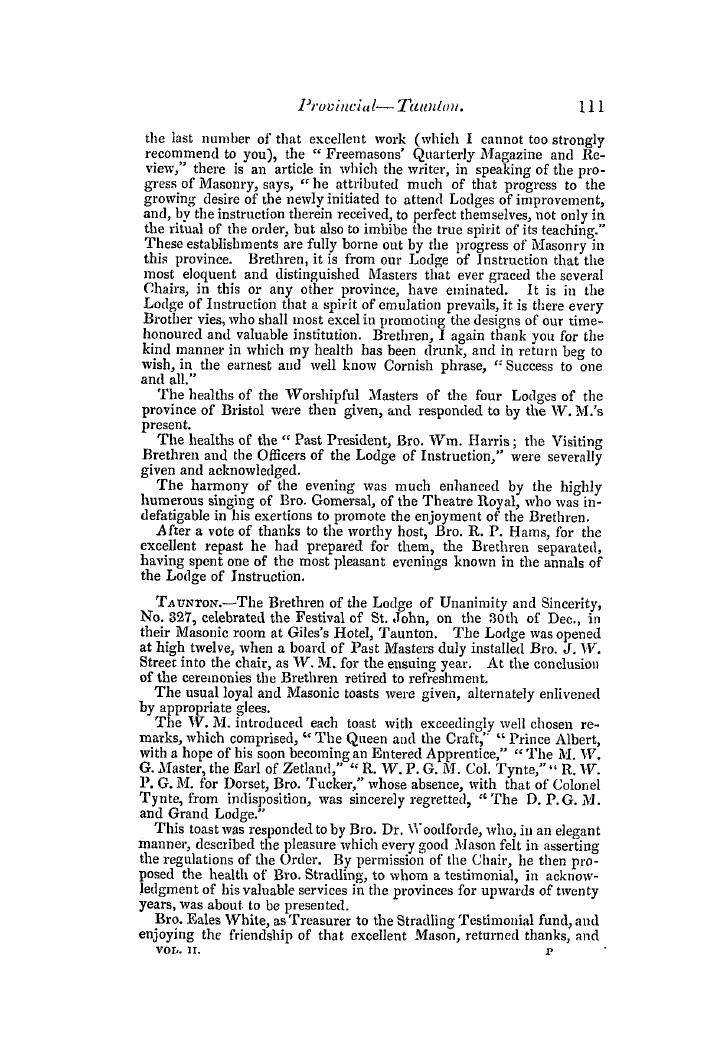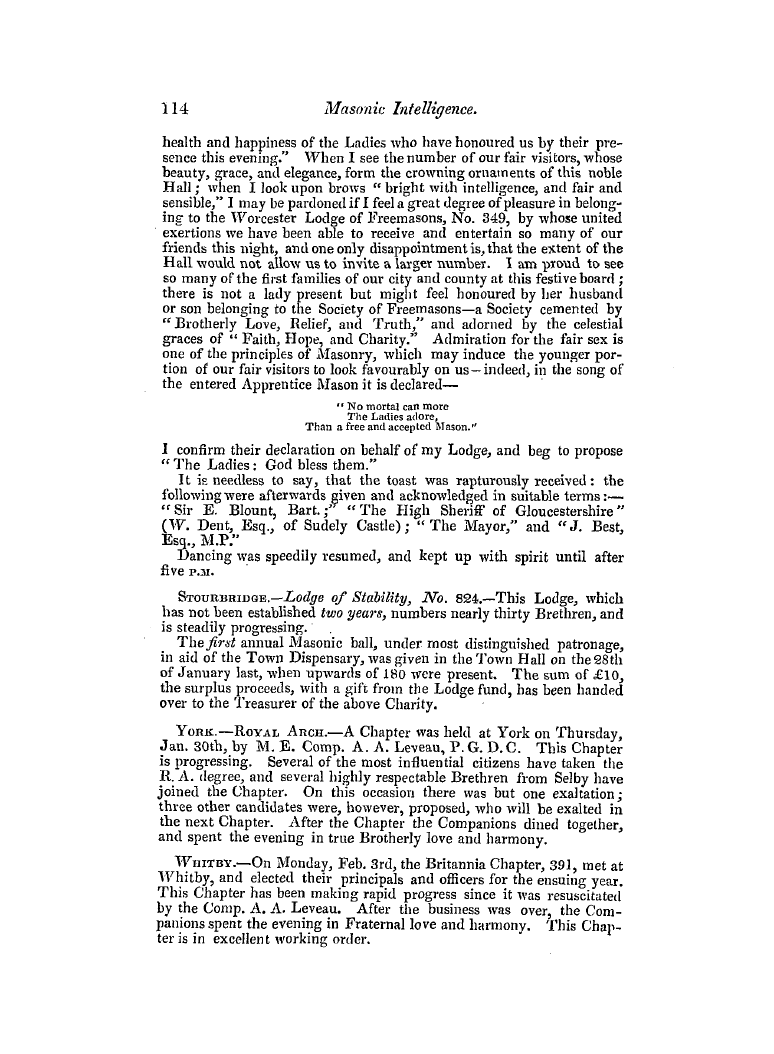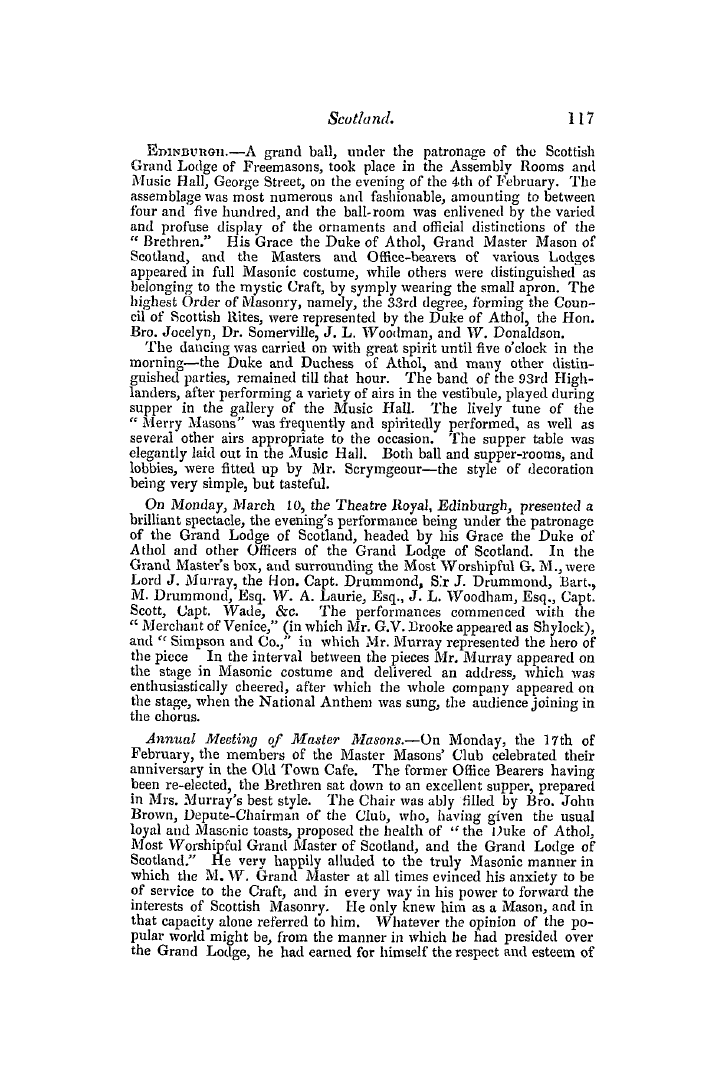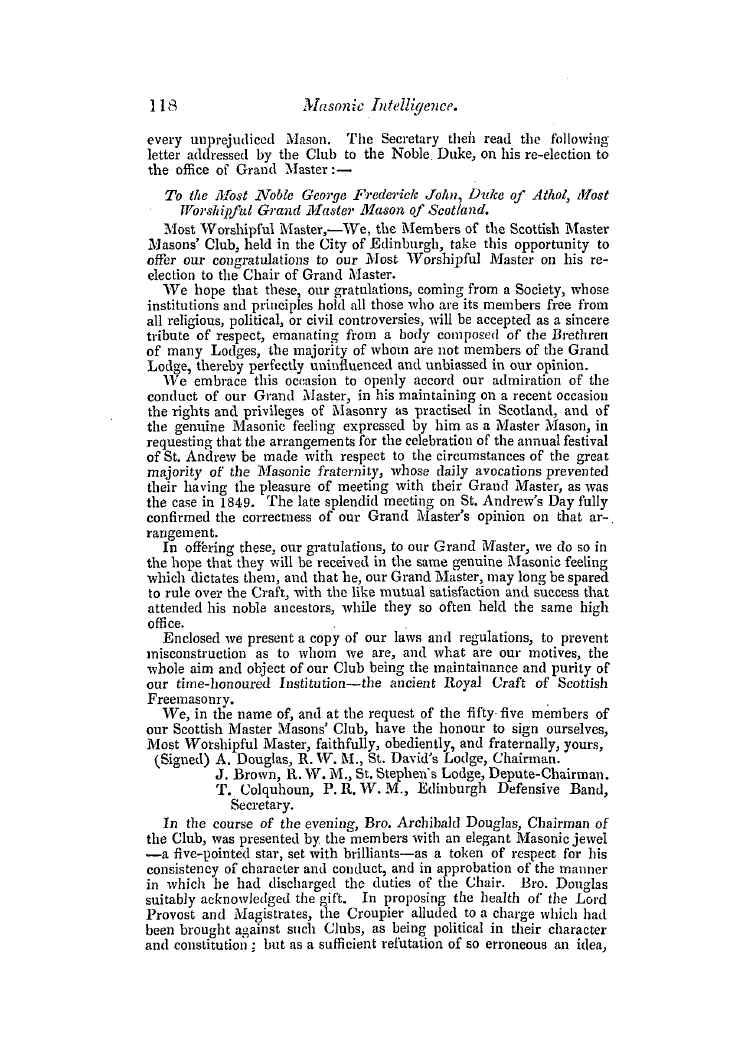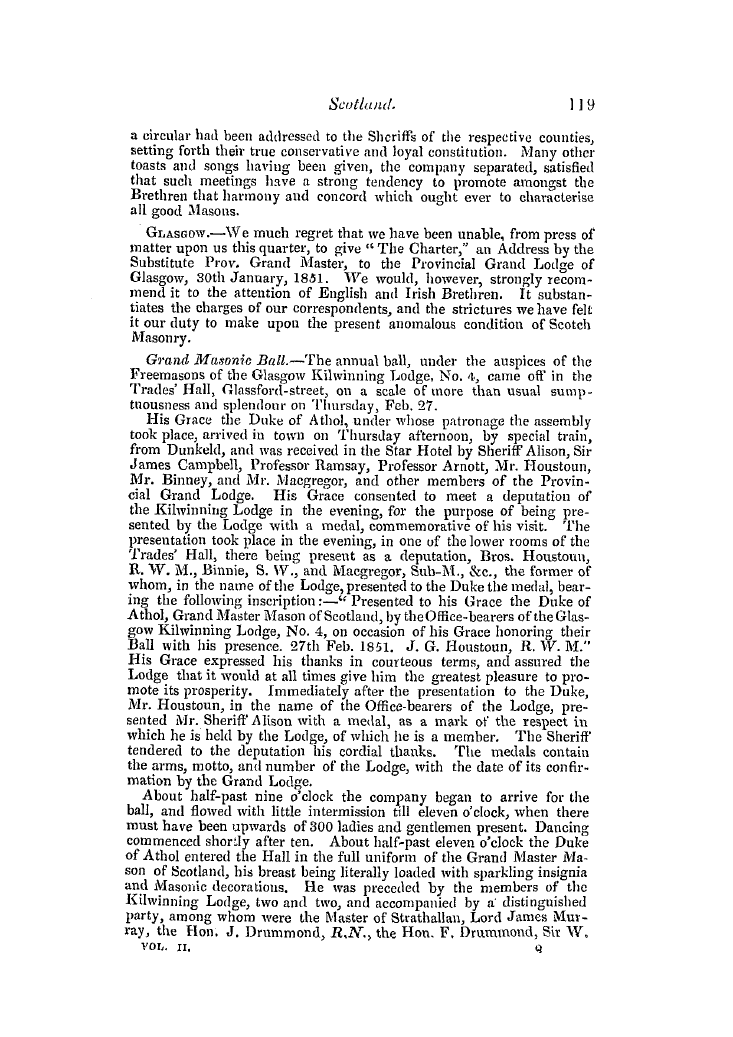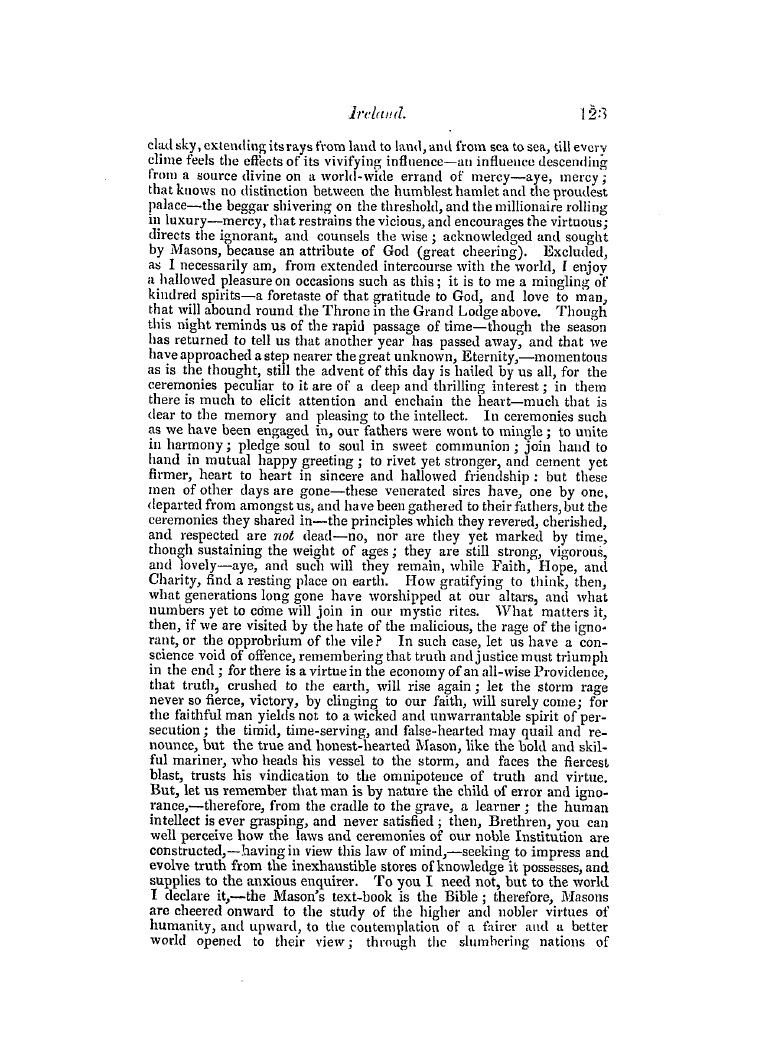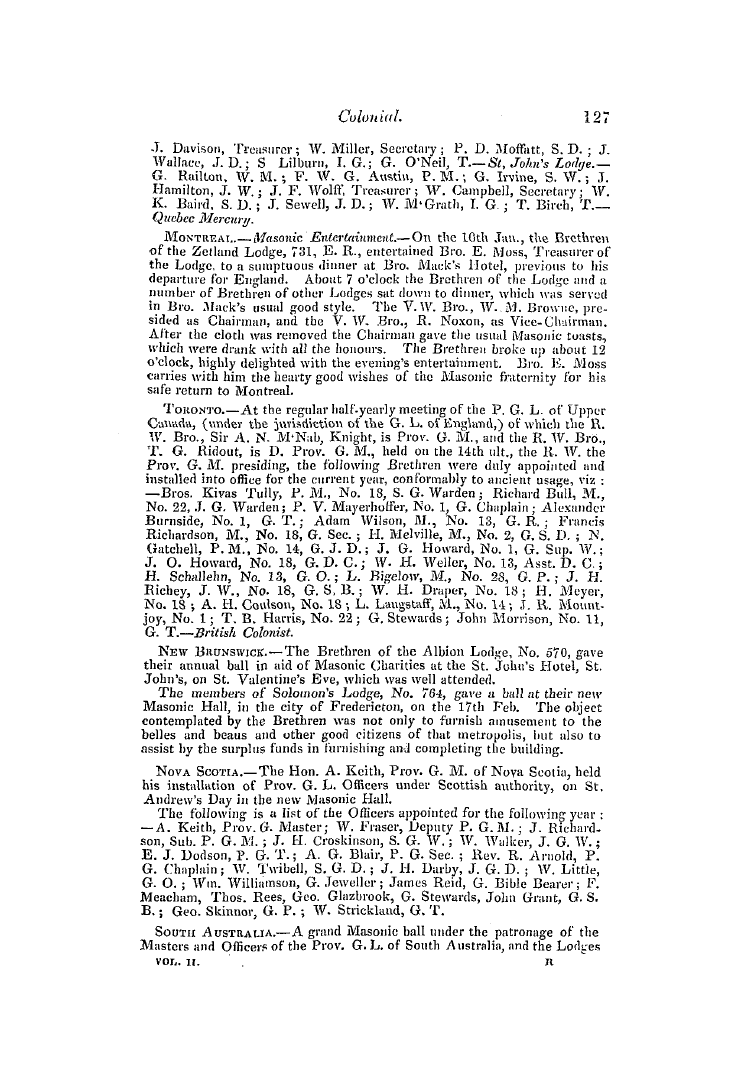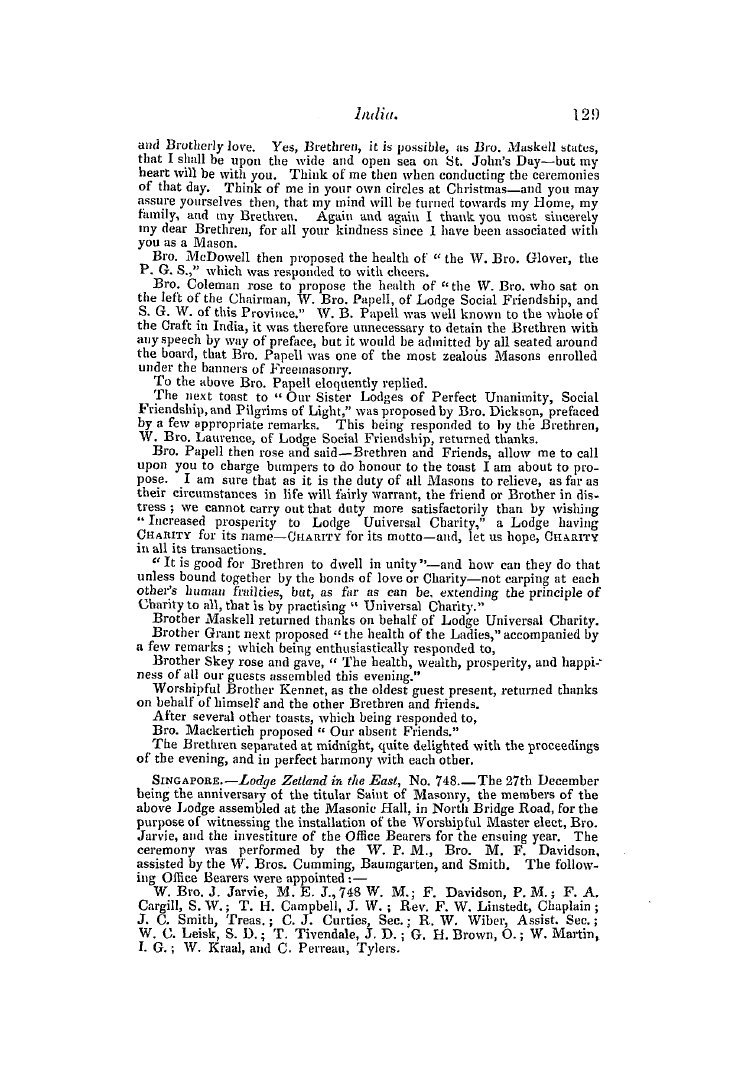-
Articles/Ads
Article NOTES UPON FUNERAL SOLEMNITIES. ← Page 5 of 6 →
Note: This text has been automatically extracted via Optical Character Recognition (OCR) software.
Notes Upon Funeral Solemnities.
There are also charges for painting the helmet and gilding thc handle of the sword for " xiij scotchyons of my master's armys in buchram , " and for four banners , " one of ( he Trinity , one of our Lady , one of St . George , and one of St . Thomas . "
In the midst of these preparations for the interment of thc dead with the solemnities due to rank and title , the poor were not forgotten , but were heartily bid welcome , and summoned to assist in paying the last tribute of respect to thc memory of their late lord and benefactor ; and charges are duly recorded by the officials employed for
making black gowns for poor men , for their refreshment , and for the dole . The dole appears to have been universall y given , according to the circumstances of the deceased . At the funeral of Sir Robert Knolles , in the eighth year of Henry IV ., his dead body was brought in a litter to London from his manor in Norfolk with great pomp and much
torchlight , and was buried in the White Friars church , " where was done for him a solemn obsequie , with a lyberal dole to the poore . " The following curious account of the origin of the dole is given in " The Huntynge of Purgatory , " by Veron . Svo . Lond ., 1561 , fol . 106 . " The auncient fathers being veri desirous to move their audience unto charitye and almose dedes , did exhorte them
to refresh the poore , and to give almones in the funeralles and yeare ' s myndes of their frendes and kynsfolks , in stedde of the bankettes that the pagnyanes and heathen were wont to make at suche doinges , and in stedde of the meates that they did bring to their sepulchres and graves . " The banners used at funerals were of various kinds , the
principal of which were , the standard , borne by knights ; the banner , confined to bannerets and persons of higher rank . Every standard was to have in chief ( that is , next the staff ) the Cross of St . George next the crest and motto , and to be slit at the end . The penon was somewhat similar to the standard in form , but was rounded at the end instead
of being slit , and bore the arms of the defunct . Bannerolls displayed further particulars connected with the alliances of the deceased and his ancestors , such as impalements and quarterings ; as the Duke of Norfolk , at whose funeral , in 1554 , there were a dozen of bannerolls of his " progeny " or pedigree . The Holy Banners , or Banners of Images , as they are called in the old herald ' s work-books , were borne at the funerals of ecclesiastics who did not possess armorial
Note: This text has been automatically extracted via Optical Character Recognition (OCR) software.
Notes Upon Funeral Solemnities.
There are also charges for painting the helmet and gilding thc handle of the sword for " xiij scotchyons of my master's armys in buchram , " and for four banners , " one of ( he Trinity , one of our Lady , one of St . George , and one of St . Thomas . "
In the midst of these preparations for the interment of thc dead with the solemnities due to rank and title , the poor were not forgotten , but were heartily bid welcome , and summoned to assist in paying the last tribute of respect to thc memory of their late lord and benefactor ; and charges are duly recorded by the officials employed for
making black gowns for poor men , for their refreshment , and for the dole . The dole appears to have been universall y given , according to the circumstances of the deceased . At the funeral of Sir Robert Knolles , in the eighth year of Henry IV ., his dead body was brought in a litter to London from his manor in Norfolk with great pomp and much
torchlight , and was buried in the White Friars church , " where was done for him a solemn obsequie , with a lyberal dole to the poore . " The following curious account of the origin of the dole is given in " The Huntynge of Purgatory , " by Veron . Svo . Lond ., 1561 , fol . 106 . " The auncient fathers being veri desirous to move their audience unto charitye and almose dedes , did exhorte them
to refresh the poore , and to give almones in the funeralles and yeare ' s myndes of their frendes and kynsfolks , in stedde of the bankettes that the pagnyanes and heathen were wont to make at suche doinges , and in stedde of the meates that they did bring to their sepulchres and graves . " The banners used at funerals were of various kinds , the
principal of which were , the standard , borne by knights ; the banner , confined to bannerets and persons of higher rank . Every standard was to have in chief ( that is , next the staff ) the Cross of St . George next the crest and motto , and to be slit at the end . The penon was somewhat similar to the standard in form , but was rounded at the end instead
of being slit , and bore the arms of the defunct . Bannerolls displayed further particulars connected with the alliances of the deceased and his ancestors , such as impalements and quarterings ; as the Duke of Norfolk , at whose funeral , in 1554 , there were a dozen of bannerolls of his " progeny " or pedigree . The Holy Banners , or Banners of Images , as they are called in the old herald ' s work-books , were borne at the funerals of ecclesiastics who did not possess armorial




























































